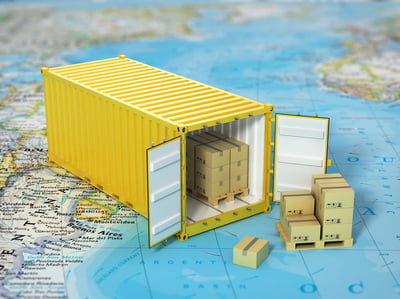Proper tariff classification is the foundation of import and export trade compliance.
It’s all about the categories…
The HS is organized into 21 sections that are divided into 99 chapters. These are further subdivided into approximately 5,000 headings and subheadings for classifying traded goods.
The HS is designed as a “core” system that can be adopted by any country and then further subdivided based on that country’s particular tariff and statistical requirements.
Goods are organized in the HS in numerical order, beginning with crude and natural products, and increasing in complexity through to advanced manufactured goods.
It’s important to get it right. Really important.

Canada Border Services Agency has clearly articulated that importers have responsibility for knowing and understanding import regulations and for filing accurate and timely corrections to declarations of origin, tariff classification and value for duty. Importers are expected to manage and achieve full compliance with import regulations.
Similarly, the U.S. Customs Modernization Act places responsibility on the importer of record to exercise reasonable care to enter, classify and value imported merchandise, and to provide any other information necessary to enable Customs to properly assess duties, collect accurate statistics and determine whether all legal requirements are met.
Incorrect classification can cause an importer huge headaches – including border delays, increased scrutiny of activities, fines and varying degrees of punitive measures.
What it all means
Classifying goods is known primarily as the means by which duties are assigned. But classifying goods can also help clarify for an importer whether the goods they’re importing are subject to Free Trade Agreements, quotas, restraints, embargoes or other restrictions.
For all these reasons, it is extremely important to understand your responsibilities and to correctly classify your imported goods.
We can help
If you don’t have in-house classification expertise, consider enlisting a qualified customs broker or customs consultant to help you get it right.
Our
consulting group has extensive knowledge of the HS and can help you classify your merchandise and fulfill all your importing responsibilities.
Information provided by: Canadian Customs Consulting Dept. - Cole International

